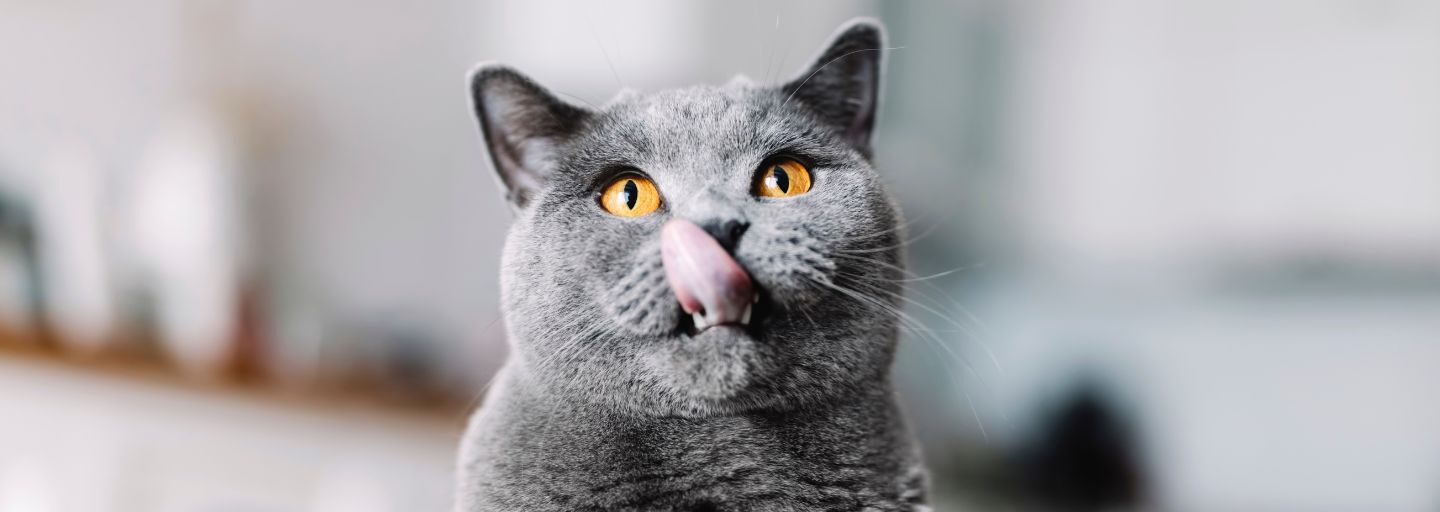Fussy eaters are common in the cat world. Unlike dogs, who devour everything edible and some non-edible items too, cats are far more discerning in their tastes. This can be a source of frustration for their owners.
Your feline friend may be a fussy eater if he or she:
- Only eats certain flavours or textures of cat food
- Likes you to feed her by hand
- Only eats foods made by you
- Only eats a mouthful and then demands feeding every hour
When pickiness becomes a problem
For many owners, feline fussiness is not a problem. They are only too willing to feed their cat morsels of warm food from their hands 10 or more times a day. For others, their cat refusing to eat just one meal is intolerable.
To understand this problem, it helps to look at the natural diet and nutrition of our feline friends. Cats are natural carnivores, eating predominantly a meat-based (high-protein) diet, little and often. Their sense of smell enables them to eliminate inedible or less-preferred foods, and their tastes are different from dogs and humans (cats have no sweet tastes).
Your fussy cat may instinctively be trying to eat the best diet he can. Or he may have trained you to provide only the foods he likes. If you are concerned about your cat’s nutrition, his health, or his weight, it is best to consult your vet before making changes to your cat’s diet.
How to avoid a fussy eater
Kittens should be exposed to a variety of foods at a young age, and this practice should continue throughout life. Feeding only one type of food may result in them only eating one type or flavor. Most cats respond well to variety in their diet and will often seek out novel foods where they can (Read Kofi’s case study below). Indeed, today, obesity is as big a problem (pardon the pun!) as fussiness.
Case study: Kofi
Kofi was a 2-year-old grey cat who suddenly became fussy just after the Xmas holidays. Kofi’s owner, Jenny, discovered that Kofi had been visiting the neighbors and eating their turkey leftovers. He preferred this food, so turned up his nose at anything else. Gradually mixing dry food with turkey enabled a switch back to his usual diet.
How to cure a fussy feline
Here are some tips if your cat has become too fussy:
- Try mixing the preferred food with the one you would rather your cat was eating, then gradually increase the proportion of the desired choice.
- Warm wet (canned) food up a little or add a few drops of warm water to the dry food. This helps release the aromas and flavors.
- Look at the nutritional quality of the food you are feeding. Could your cat’s preferred diet be a healthier choice (Case Study Sooty)?
- Decide how to feed your cat and be consistent, but remember that cats prefer food at room temperature and they like to nibble regularly.
Case study: Sooty
Sooty was a 6-year-old black cat whose diet had gradually changed from the tinned variety to dry biscuits. Sheila, Sooty’s owner, thought dry food was too expensive, but when she realized that she could feed less dry food, making the overall cost similar, and that the percentage of protein in the dry food was just what Sooty needed for optimum health, she was happy with Sooty’s choice.







